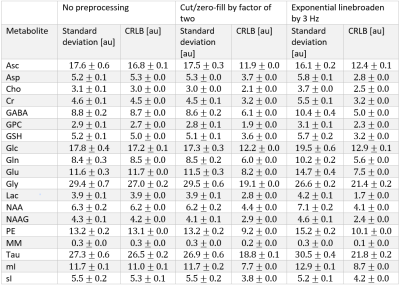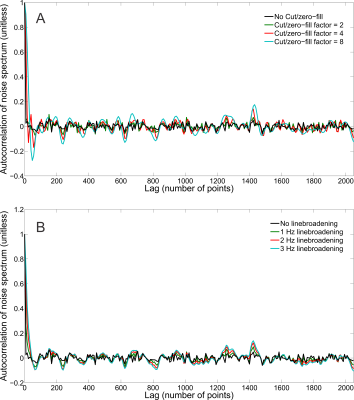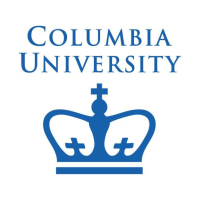Karl Landheer1 and Christoph Juchem1,2
1Biomedical Engineering, Columbia University, New York City, NY, United States, 2Radiology, Columbia University, New York City, NY, United States
1Biomedical Engineering, Columbia University, New York City, NY, United States, 2Radiology, Columbia University, New York City, NY, United States
Cutting/zero-filling and
linebroadening are routinely employed prior to quantification, however they
should be avoided as they do not improve precision and invalidate the
assumptions used to calculate Cramér-Rao
Lower Bounds (CRLB).

Table 1: The standard deviation and
CRLB for the 18 measured metabolites and macromolecules (MM) across the three
different pipelines. Note that for no preprocessing the CRLB is an excellent
proxy for standard deviation for all metabolites, while there is an artificial
reduction of CRLBs for the two preprocessing steps. Furthermore, the
exponential line broadening results in a reduction in precision on most
metabolites. Note that these CRLBs are in the same units
of standard deviation (i.e., au), it is not relative
CRLBs (%) as is typically presented in MRS.

Figure 4: The effect cutting/zero-filling,
A, and exponential linebroadening, B, has on the autocorrelation function of a simulated white Gaussian noise spectrum. In both cases as the effect of the processing steps is
increased the autocorrelation of the noise spectrum deviates further from its
assumed shape of $$$\delta(f)$$$. Cut/zero-fill factor = 2/4/8 means that the entire time domain signal except for the first half/quarter/eighth has been artificially set to zero.
